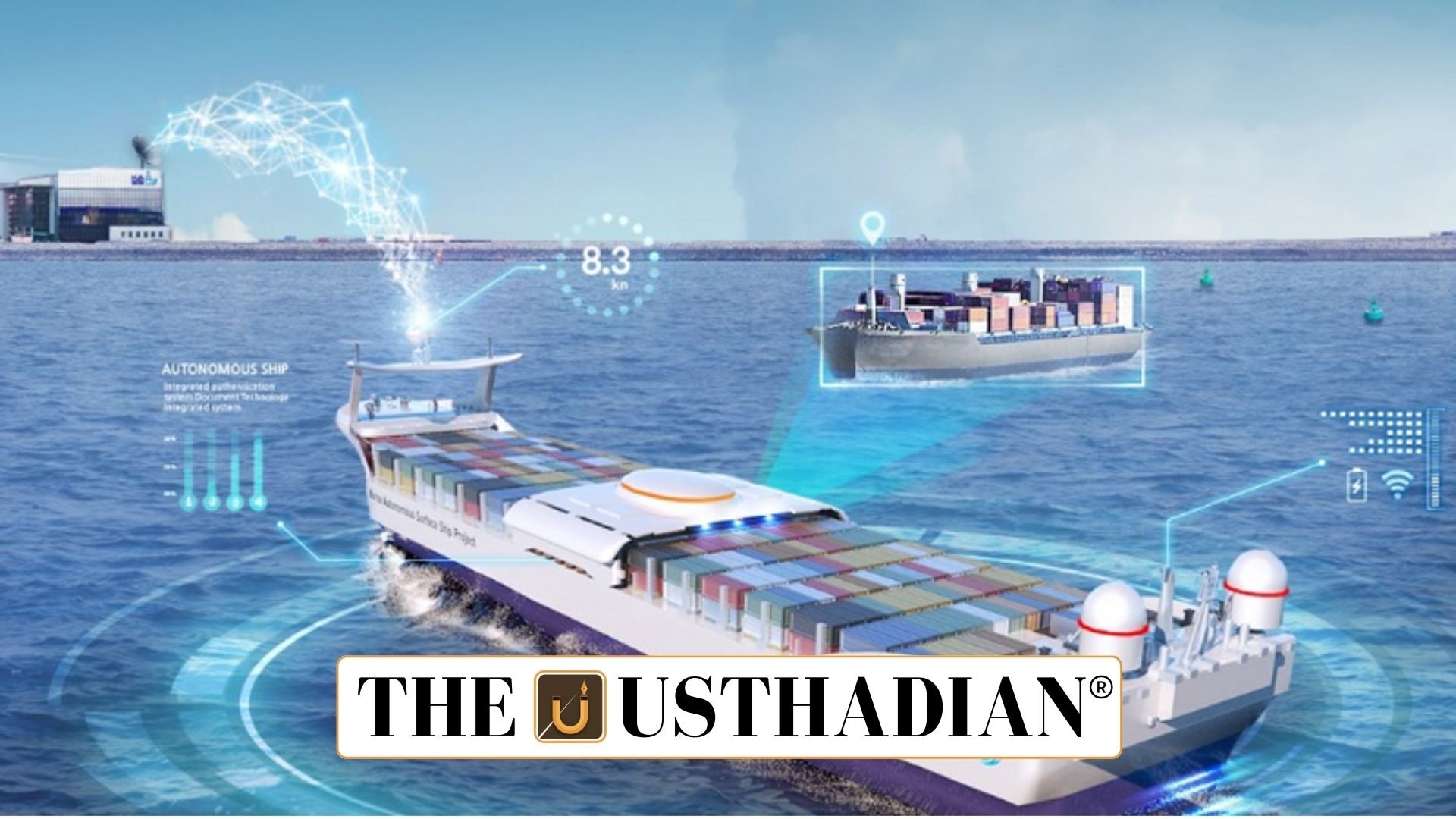Introduction
Indigenous Push for Maritime Autonomous Surface Ships: India is moving towards building its own Maritime Autonomous Surface Ships (MASS) through Project Swayat. This initiative is led by the Indian Register of Shipping (IRS) in collaboration with Cochin Shipyard Ltd. (CSL). It marks a major step in reducing dependence on foreign technology in autonomous shipping.
About MASS
A Maritime Autonomous Surface Ship (MASS) is a vessel that can operate with minimal or no human involvement. Such ships are developed to improve efficiency, safety, and sustainability in the maritime sector.
The International Maritime Organization (IMO) has classified MASS into four degrees of autonomy. These range from ships with only automated support systems to fully autonomous vessels.
Static GK fact: IMO was established in 1948 and is a specialized UN agency responsible for regulating shipping.
IMO Classification of MASS
The IMO provides four categories of autonomy for MASS:
- Ship with automated processes and decision support.
- Remotely controlled ships with crew onboard.
- Remotely controlled ships without crew onboard.
- Fully autonomous ships capable of decision-making.
This framework helps countries adopt policies and infrastructure for the gradual integration of MASS into maritime operations.
Project Swayat
Project Swayat aims to build India’s first indigenous autonomous vessel. It represents the country’s efforts to enter the global race for smart shipping technologies.
Cochin Shipyard Ltd. (CSL), one of India’s largest shipbuilding and repair facilities, is playing a crucial role in the development. The IRS, recognized globally for ship classification, is providing technical expertise.
Static GK fact: Cochin Shipyard, established in 1972, is India’s largest shipbuilding and maintenance facility located in Kerala.
Significance for India
MASS has the potential to revolutionize India’s maritime industry. Autonomous vessels can reduce accidents caused by human error, cut operational costs, and boost efficiency in shipping.
India, with its 7,500 km long coastline and growing blue economy, needs to modernize its shipping fleet. Indigenous MASS development aligns with the Atmanirbhar Bharat vision by promoting technological self-reliance.
Static GK Tip: India’s first indigenous aircraft carrier INS Vikrant was also built by Cochin Shipyard Ltd.
Global Context
Countries such as Norway, Japan, and South Korea are already testing autonomous ships. India’s Project Swayat will allow the country to join this select group.
With international shipping moving towards digitalization, MASS adoption will ensure India’s competitiveness in global trade.
Challenges Ahead
Developing MASS faces challenges such as high costs, cybersecurity threats, and the need for new legal frameworks. International cooperation through the IMO will be vital for establishing safety standards.
Conclusion
Project Swayat is a pioneering step for India’s maritime sector. By investing in MASS, India is not only building advanced technology but also strengthening its position as a maritime power.
Static Usthadian Current Affairs Table
Indigenous Push for Maritime Autonomous Surface Ships:
| Topic | Detail |
| Lead organizations | Indian Register of Shipping and Cochin Shipyard Ltd |
| Project name | Project Swayat |
| Objective | Development of indigenous autonomous vessel (MASS) |
| MASS full form | Maritime Autonomous Surface Ships |
| IMO role | Provides classification of MASS into four degrees |
| MASS Degree One | Automated processes and decision support |
| MASS Degree Two | Remotely controlled ships with crew onboard |
| MASS Degree Three | Remotely controlled ships without crew |
| MASS Degree Four | Fully autonomous ship |
| India’s coastline length | 7,500 km |
| Cochin Shipyard established | 1972 |
| Location of CSL | Kerala |
| First indigenous aircraft carrier | INS Vikrant |
| Global leaders in MASS | Norway, Japan, South Korea |
| Key benefits | Cost reduction, safety, efficiency |
| Major challenge | Cybersecurity and legal framework |
| Alignment with | Atmanirbhar Bharat vision |
| IMO establishment year | 1948 |
| Blue economy relevance | Boosts maritime trade and shipping modernization |








